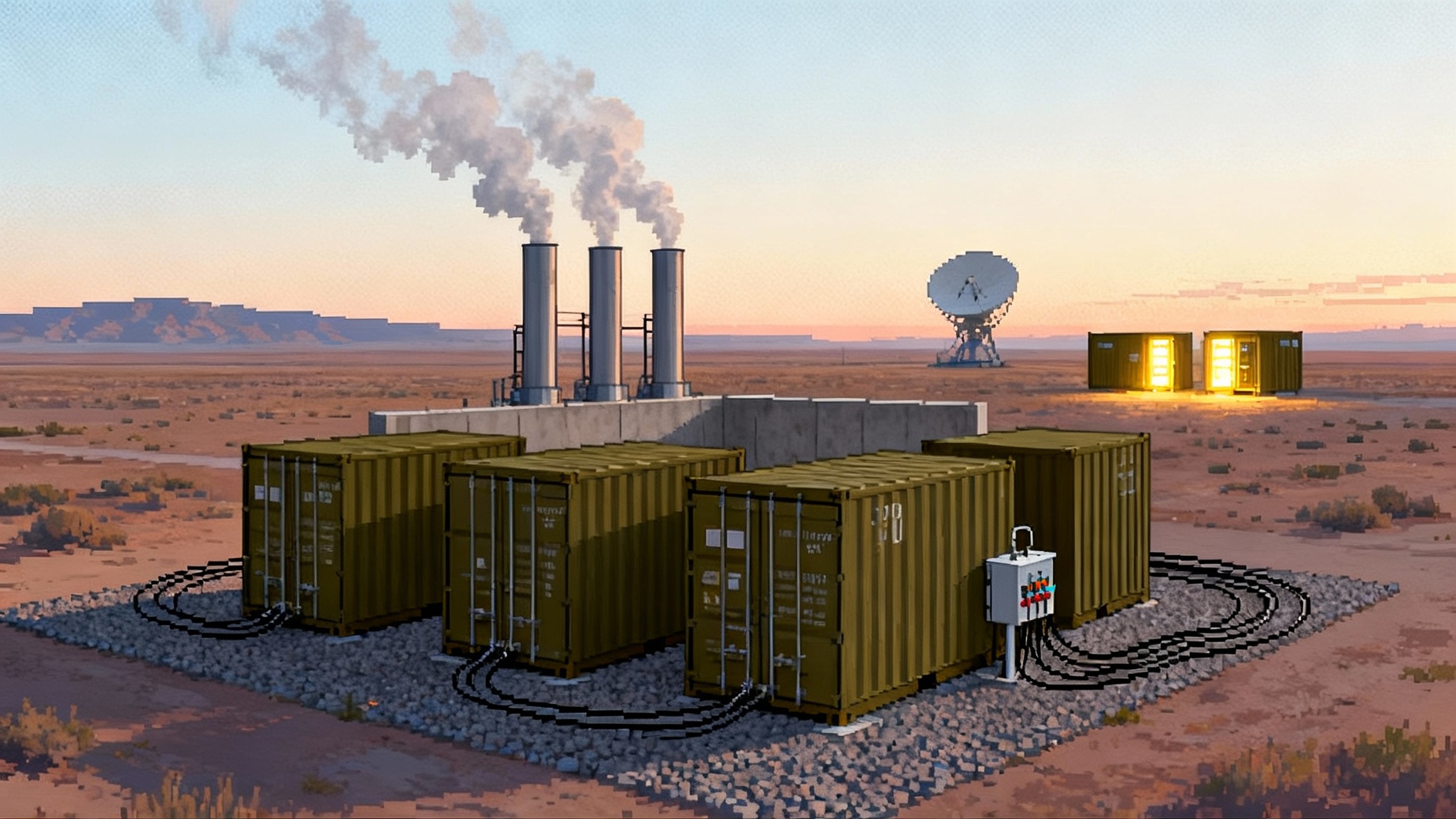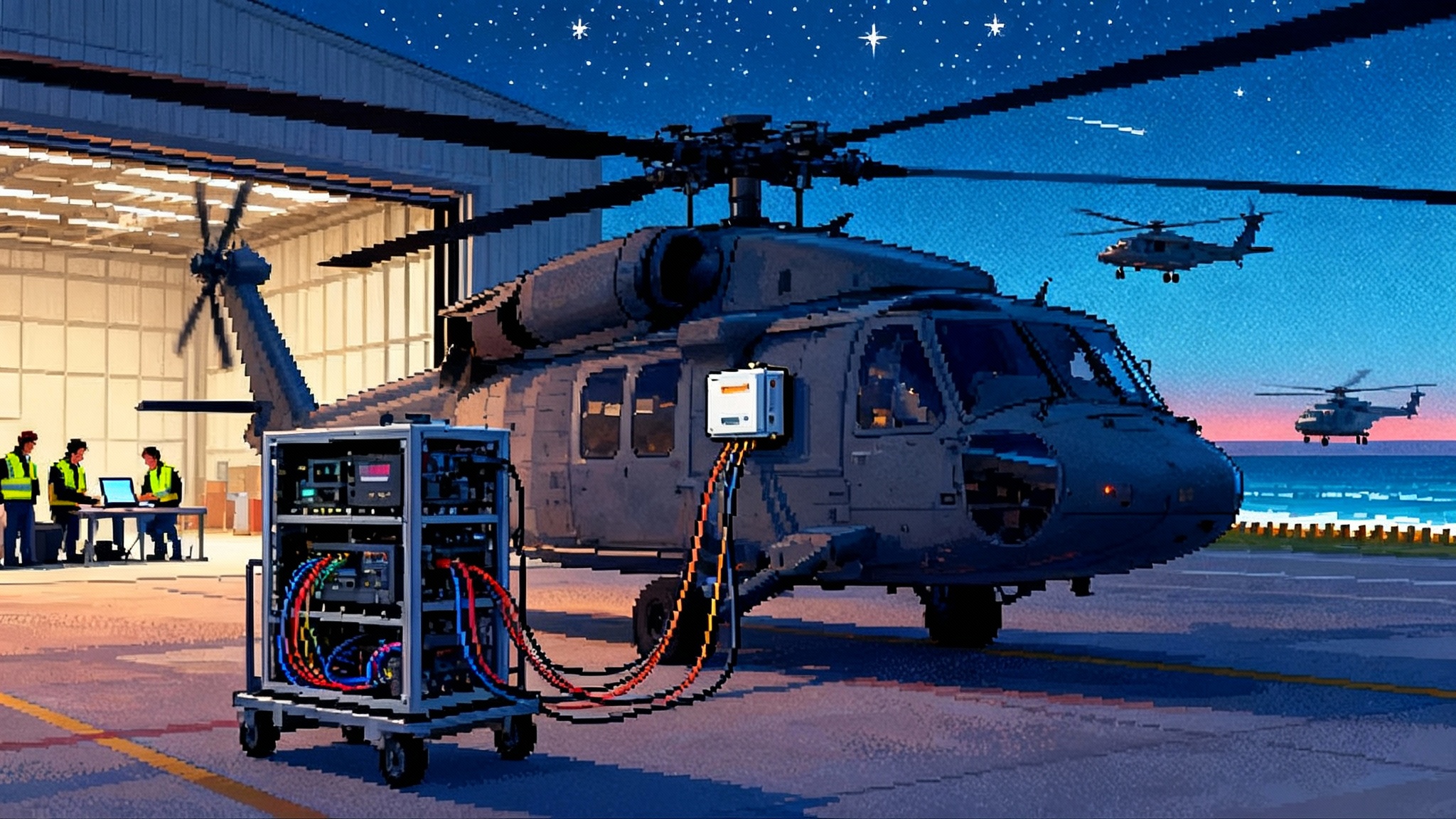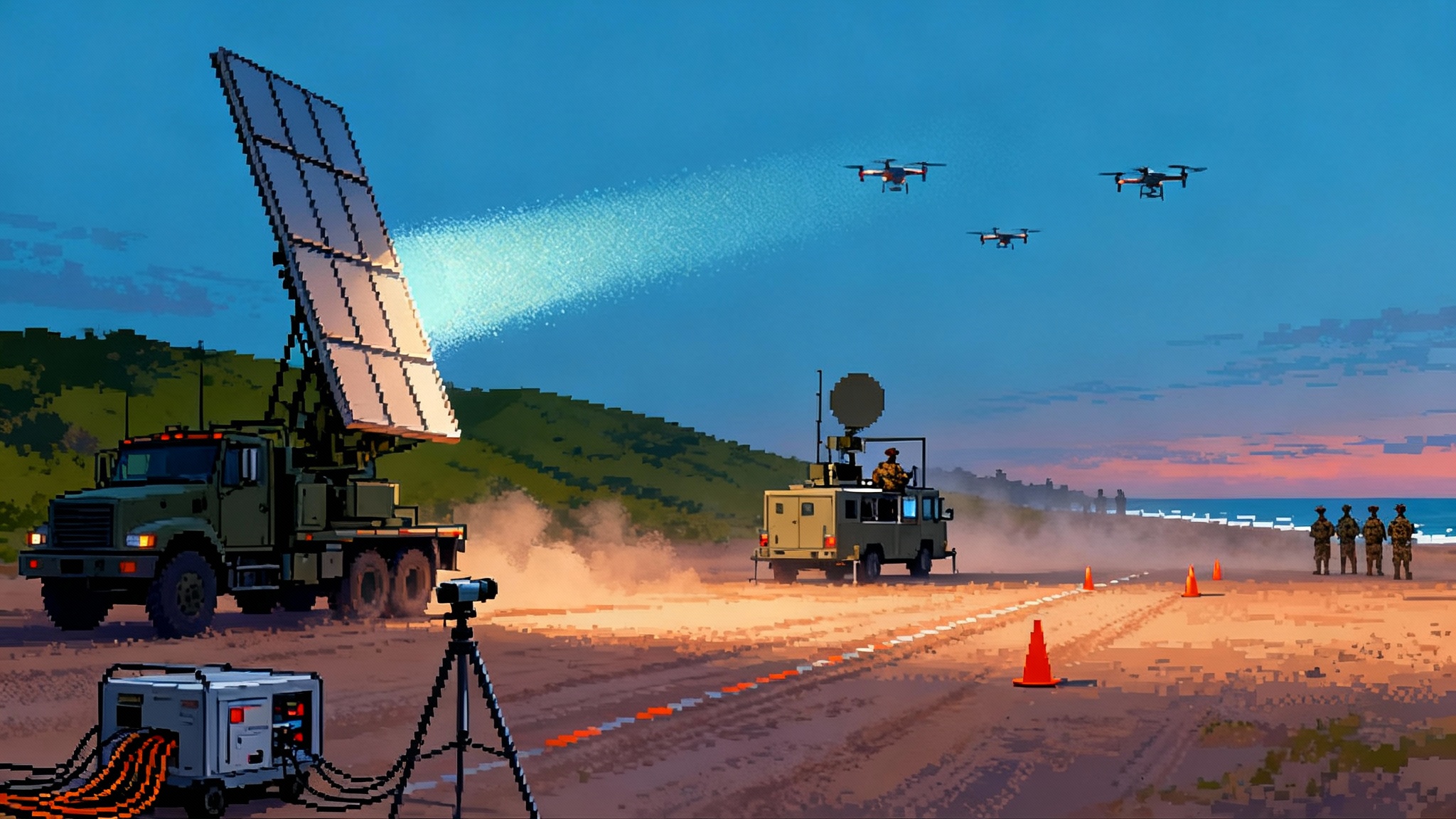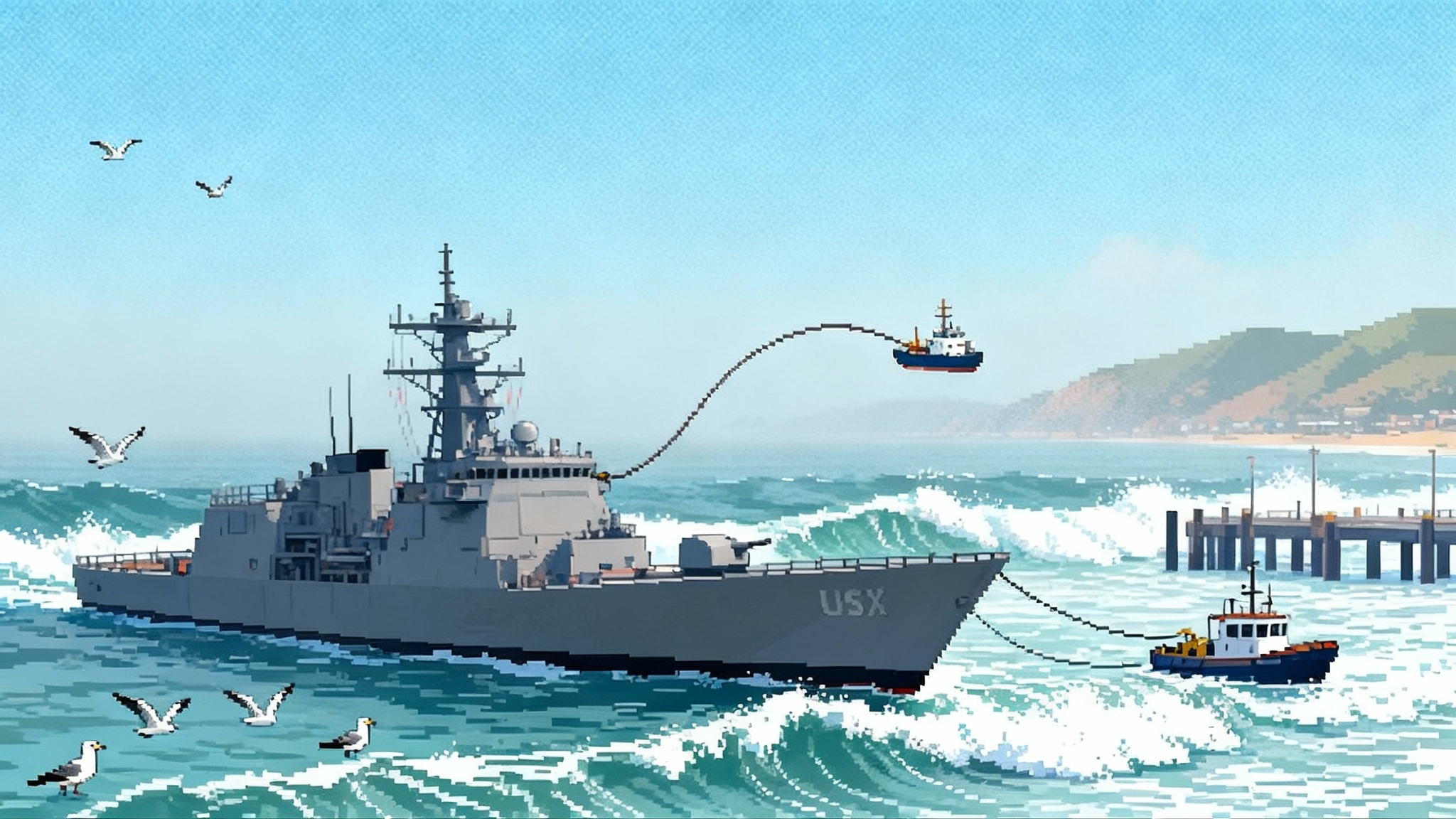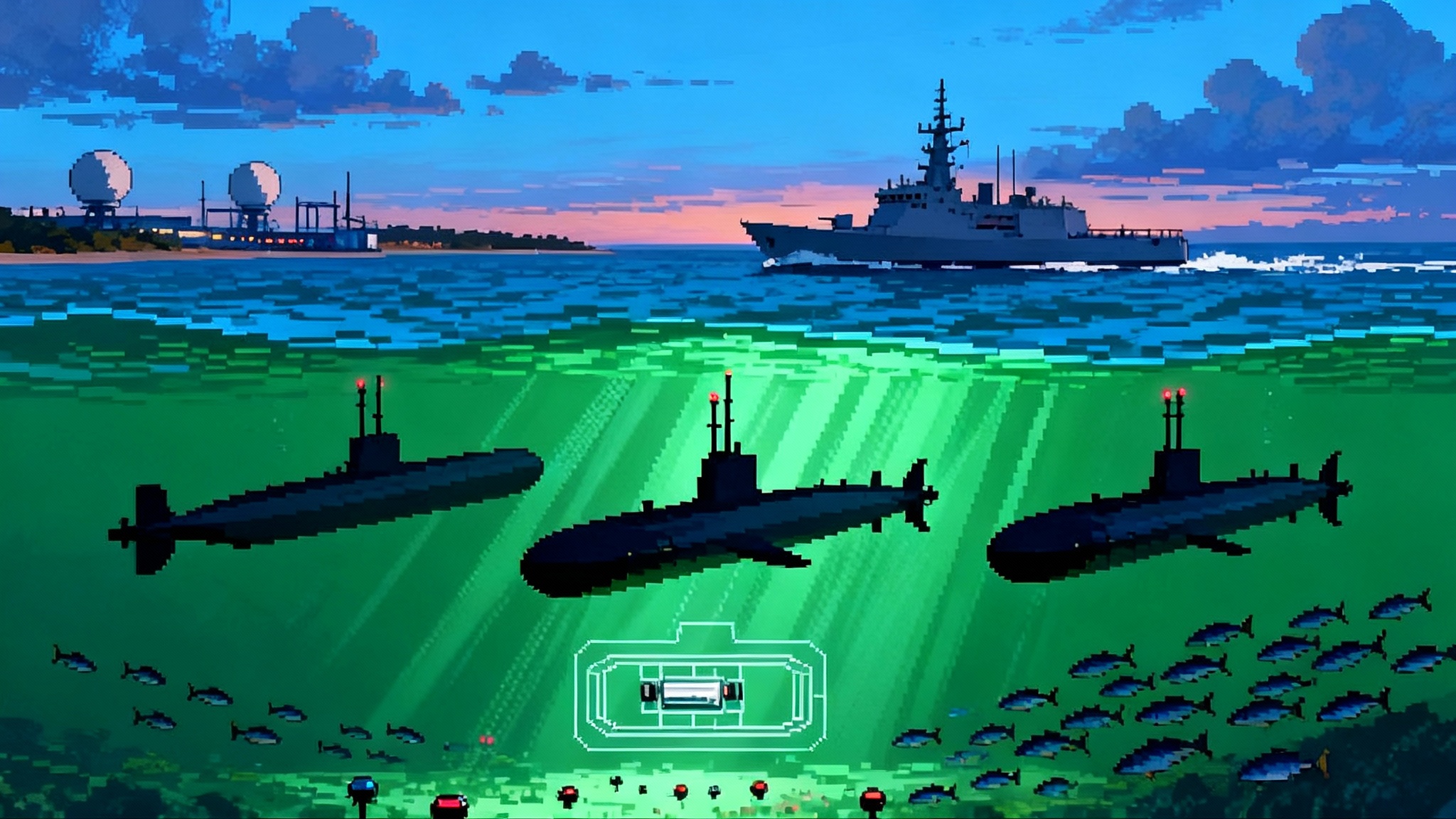Golden Dome’s Plan: A 2026 to 2029 Hypersonic Defense Sprint
2025 turned the hypersonic gap from theory into deadlines. With SDA’s first operational launches, a milestone LRDR test in Alaska, and billion dollar NSSL awards, the question is simple: how will Golden Dome work and how fast can we field a credible kill chain?
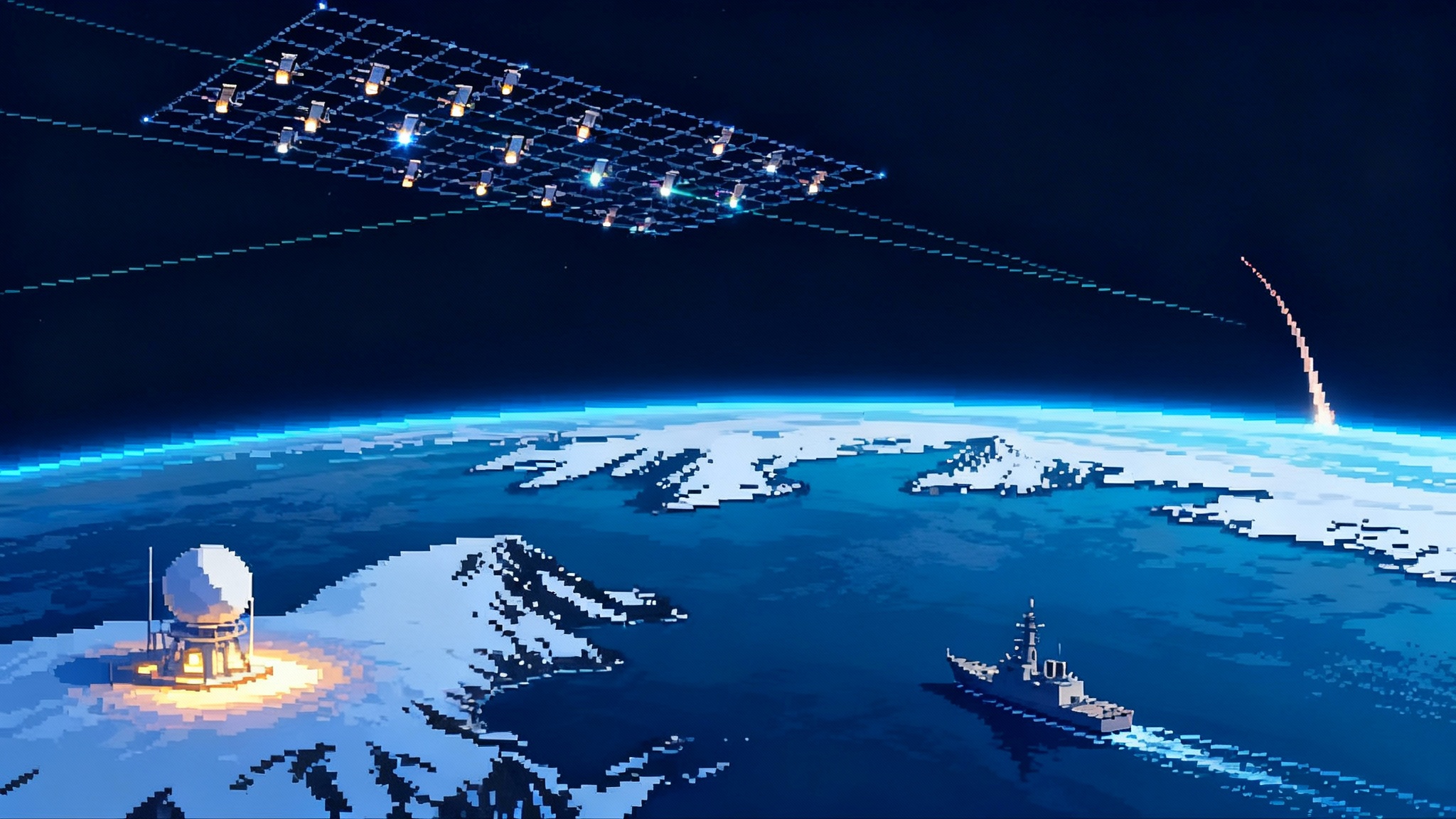
The year the window of vulnerability became visible
The past year turned abstract PowerPoints into hard deadlines. A new hypersonic task force warned that the United States is falling behind in both offense and defense, turning hypersonics into a pacing problem rather than a side project. Within months, the Space Development Agency’s first operational satellites lifted off, the Long Range Discrimination Radar in Alaska tracked a live intercontinental-class target, and the United States Space Force locked in massive launch capacity through National Security Space Launch, awarding NSSL Phase 3 Lane 2 awards. The message is simple: 2026 to 2029 must be a sprint.
Golden Dome is the banner for that sprint. It is not a single gadget. It is a layered system of systems that starts in space, fuses tracks on the ground, and hands off to interceptors at sea and ashore. To keep readers grounded, think of Golden Dome like a modern wildfire response. Satellites are the smoke spotters, radars are the fire towers, command and control software is the dispatch, and interceptors are the crews and aircraft that actually put out the flames. If any one part fails, embers get through.
Golden Dome, explained in parts
The space layer: custody from first glow
- Space Development Agency (SDA) Transport and Tracking Layers: The Transport Layer provides a resilient mesh of communications. The Tracking Layer supplies wide field infrared sensors that can see the hot plumes of ballistic missiles and the dimmer signatures of hypersonic vehicles. Optical laser communications between satellites move targeting data without touching vulnerable ground relays. Tranche 1 began launching in 2025 and continues into 2026; Tranche 2 starts in late 2026 and extends into 2027 and 2028. Related implications for launch tempo tie to the rise of responsive space full stack.
- Hypersonic and Ballistic Tracking Space Sensor (HBTSS): Two medium field of view prototypes launched in 2024 to demonstrate the harder job, which is maintaining fire-control quality track of maneuvering, dim targets. That means not just warning but the precision timing and geometry needed to guide a weapon to a hit.
The design intent is birth to death custody: detect the rocket boost, reacquire during the glide, hold the track through maneuvers, and steer an interceptor to the right spot at the right moment.
The ground and sea sensors: fix, correlate, and discriminate
- Long Range Discrimination Radar (LRDR): The LRDR at Clear Space Force Station, Alaska, completed a milestone flight test in June 2025, acquiring and passing an intercontinental ballistic missile representative track into the fire control network. That matters because discrimination is not just “see a dot.” It is “separate the lethal object from decoys and clutter” and then keep custody under stressing conditions.
- Other contributing sensors: Upgraded Early Warning Radars, sea based sensors such as the Sea Based X Band Radar, and allied radars will act as complementary angles, providing geometry that makes tracks more precise and less spoofable.
Command and control: the nervous system
- Command and Control, Battle Management and Communications (C2BMC): This backbone stitches space, sea, and land sensors into a single track picture and routes engagement-quality data to the right shooter. The SDA Transport Layer’s optical crosslinks are crucial here. They are the unjammable fiber in space that moves targeting at machine speed. Advances in timing and navigation resilience, including GPS-proof navigation advances, will harden these links against disruption.
- Service battle networks: The Navy’s Aegis Combat System, the Army’s Integrated Battle Command System, and the Air Force’s air battle management nodes need consistent interfaces so that an event detected over the Pacific can be shot by the nearest capable unit without human telephone games.
Shooters: what can actually take a shot now
- Standard Missile 6 (SM 6) in the Sea Based Terminal configuration: The Missile Defense Agency and the Navy demonstrated terminal phase engagements and simulated intercepts against maneuvering hypersonic targets in 2024 and 2025 test series. This is not a silver bullet. Terminal defense is the last look, one shot option. But it exists today and can be deployed at sea to protect critical nodes and high value assets.
- Glide Phase Interceptor (GPI): This is the missing tooth in the bite. Glide phase means the window after a hypersonic vehicle separates and before it is plunging toward its target. That is where you want to kill it, when it is still distant and maneuvering. The United States and Japan signed a formal U.S. Japan Glide Phase Interceptor agreement that assigns Japan key propulsion work and integrates the program into a layered architecture. Northrop Grumman is leading development for the United States side. Congress directed an aggressive timeline, but funding profiles and technology maturation point to the 2030s for operational fielding. For allied integration context, see Japan’s Tomahawk era.
What is funded now
- Launch capacity through 2032: National Security Space Launch Phase 3 Lane 2 awards to SpaceX, United Launch Services, and Blue Origin total 13.7 billion dollars, with missions integrating from 2025 and launching from 2027 onward. This ensures heavy and complex payloads for missile warning, tracking, and communications can get to orbit on schedule.
- SDA Tranche 1 and Tranche 2: Tranche 1 satellites for transport and tracking are in a campaign of launches across late 2025 and 2026. Contracts for Tranche 2 add scale beginning in late 2026. The pattern is deliberate: proliferated low Earth orbit with optical crosslinks, no single point of failure, and regular refresh.
- LRDR operations and test: With the first live target tracking event completed in 2025, LRDR is transitioning from developmental testing into operational assessment. Follow on events will validate discrimination performance and data fusion with C2BMC and the Ground Based Midcourse Defense fire control.
- GPI cooperative development: The project arrangement with Japan is signed and workshare defined. The propulsion focus in Japan aligns with industrial strengths, while U.S. industry advances seekers, kill vehicles, and integration with Aegis.
What will be in orbit or at sea from 2026 to 2029
- 2026: SDA’s Tranche 1 constellation approaches full deployment, with regional coverage for warning, tracking, and low latency transport. First Tranche 1 Tracking Layer satellites bring better custody of dim targets. LRDR continues integration events feeding C2BMC. Navy destroyers deploy with the latest Sea Based Terminal software increments for Standard Missile 6.
- 2027: National Security Space Launch Phase 3 missions ramp, adding lift for missile warning, tracking, and transport payloads. SDA Tranche 2 begins entering orbit late in the year, expanding coverage and resiliency. Expect operational concepts that use space cueing to extend the engagement envelope for naval defenses.
- 2028: With more tracking satellites on orbit and laser crosslinks matured, birth to death custody becomes practical across larger regions. Allied navies integrate Standard Missile 6 sea terminal with national command and control, allowing coalition engagements where authorities permit.
- 2029: The interim Golden Dome effect becomes visible to operators. That does not mean a perfect shield. It means a working kill chain for hypersonic and ballistic threats in prioritized theaters: space sensors provide fire control quality tracks, C2BMC routes data, destroyers and Aegis Ashore like batteries take terminal shots, and allied forces contribute to the sensor and interceptor picture. The glide phase gap remains, but the window of vulnerability narrows.
What is still missing
- Glide Phase Interceptor at scale: Congress set ambitious aims, including test rounds by the end of 2029 and full operational capability in the early 2030s. The Missile Defense Agency has warned that funding and technology maturation could slip operational fielding toward the mid 2030s unless resources are increased. The allied path with Japan is the right bet, but it must be matched by steady, predictable appropriations, test cadence, and supplier development.
- A common kill web across services and allies: Interfaces exist, but the last ten percent is always the hardest. Golden Dome will underperform if Navy, Army, and allied fire control loops cannot share custody, shooter status, and authorities at machine speed.
- Industrial capacity in key bottlenecks: Large solid rocket motors, high energy seekers, focal plane arrays, radiation hardened processing, and space optical terminals are still supply constrained. The next three years must build factories as much as they build prototypes.
The acceleration case: field an interim kill chain now
Waiting for a perfect glide phase interceptor leaves a gap adversaries can exploit. The practical approach is to stand up an interim, good enough kill chain while GPI matures.
- Space sensors as the primary cue
- Expand tasking of SDA Tracking Layer and HBTSS to prioritize likely maritime and polar launch corridors. That means operations, not just demos. Build tactics that assume partial coverage and exploit revisit windows, adjusting patrol boxes of ships to be under satellite custody during high tension periods.
- Fund additional optical crosslink terminals and ground nodes to remove residual bottlenecks in moving fire control quality tracks. The cost per crosslink terminal is modest relative to a new satellite and yields outsized latency reduction.
- Standard Missile 6 sea terminal as the ready shooter
- Preposition Aegis destroyers with Sea Based Terminal Increment 3 in arcs that cover critical infrastructure and allied staging areas. Treat them as mobile point defenses for the most important nodes rather than a general shield.
- Raise inventory. Terminal defense requires shots on timelines of seconds to minutes, not hours. A ready magazine matters as much as software. That implies near term multiyear procurement for Standard Missile 6 and a funded plan for at sea reload where feasible.
- Allied Glide Phase Interceptor co development as the bridge
- Accelerate the U.S. Japan program with a clear fly off schedule and quarterly systems engineering reviews that tie funding to exit criteria. This keeps propulsion, seeker, and kill vehicle integration on a paced, testable path.
- Align Aegis baselines so that a GPI round can be carried and fired by both U.S. and Japanese destroyers without bespoke changes. Common interfaces reduce long pole software risk.
- Build muscle in propulsion, laser communications, and command and control
- Propulsion: Expand second source production for large solid rocket motors and throttleable divert and attitude control systems. Use Defense Production Act authorities to underwrite tooling and workforce at two vendors, not one.
- Laser communications: Standardize optical terminal protocols across Transport and Tracking Layers so every satellite can talk to every other without vendor islands. Fund interoperability tests as part of routine on orbit checkout, not as one off experiments.
- Command and control: Treat C2BMC and service battle networks like a product that ships every quarter. Small, frequent software drops that are automatically tested against realistic digital twins will do more for readiness than infrequent major releases.
- Train the kill chain as a team sport
- Shift from separate sensor and shooter events to integrated kill chain rehearsals that include launch detection, custody handoff, rules of engagement, and simulated shots. Measure seconds saved, not just tracks collected.
- Include allies in the loop. The fastest way to move data and authorities across borders is to practice it under peacetime permissions.
What the milestones actually imply
- The task force warning in October 2025 signaled that the gap is widening, not narrowing, unless fielding accelerates. That is the context, not an academic debate.
- SDA’s first operational launches in September 2025 mean the transport and tracking mesh is leaving the laboratory. Operators can begin writing real tactics that assume the sky has eyes.
- The LRDR milestone test in June 2025 showed that homeland discrimination can be tied into fire control, not just a PowerPoint claim. Discrimination is the linchpin that keeps interceptors from wasting shots on cheap decoys.
- The National Security Space Launch awards in April 2025 mean the heavy lift backbone is funded. Satellites that exist on slides only become useful when they are on orbit and talking to each other.
Put together, these events do not promise a perfect shield by 2029. They do give the United States and its allies enough building blocks to stand up a credible deterrent and defense that complicates any adversary’s calculus.
The hard parts, spelled out plainly
- Hypersonic defense is a geometry problem first. You need the right angles from space and ground to keep custody through maneuvers. That favors proliferated low Earth orbit and many crosslinks over a few exquisite satellites.
- It is a latency problem second. Data must move from sensor to shooter in under a second. That favors optical crosslinks, edge processing on orbit, and machine to machine interfaces that skip fragile human radio calls.
- It is a manufacturing problem always. If each interceptor or satellite takes a year to build and a fleet buys in tens rather than hundreds, the force will be outnumbered. The right answer is a tranche model that funds recurring buys and treats each tranche as a chance to scale production lines and workforce.
What to watch each year
- 2026: Does Tranche 1 achieve routine birth to death custody in at least one theater of operations and route engagement quality tracks through C2BMC to a Navy shooter in realistic exercises? Do Standard Missile 6 sea terminal increments deploy broadly across carrier and expeditionary strike groups?
- 2027: Do National Security Space Launch missions begin delivering the heavy payloads that complete the early Golden Dome stack, such as larger transport batches and specialized tracking sensors? Are there integrated exercises where allied ships receive space cueing and conduct firing quality rehearsals?
- 2028: Do Tranche 2 satellites improve coverage and resiliency enough that operators plan patrols around assured custody windows rather than hoping for satellite luck? Are laser crosslink interoperability issues largely burned down?
- 2029: Does the interim kill chain demonstrate repeated end to end performance in live force exercises, including the authority moves and data rights needed to let allies act rapidly? Does Congress align GPI funding with a flight test cadence that paces toward early 2030s fielding rather than mid decade drift?
A practical conclusion
Golden Dome will live or die on execution details. The good news is that many of the required pieces are already funded, flying, or tested. The bad news is that the one piece that turns a credible deterrent into a robust defense, the Glide Phase Interceptor, is not likely to be operational before the early to mid 2030s unless priorities and resources shift. That should not trigger paralysis. It should trigger a sprint.
Treat the next four years as a fielding race, not a study hall. Use space sensors for custody now. Put Standard Missile 6 sea terminal defenses where they can protect what matters most. Accelerate the U.S. Japan interceptor program with schedule driven engineering and steady appropriations. Scale propulsion, laser crosslinks, and command and control as if the deterrent depends on them, because it does.
If the United States aims to narrow the window of vulnerability before adversaries widen it, a working, interim kill chain by 2029 is the strongest signal it can send. It will not make the country invulnerable. It will make a strike far less likely to succeed. In deterrence, that is the point.
